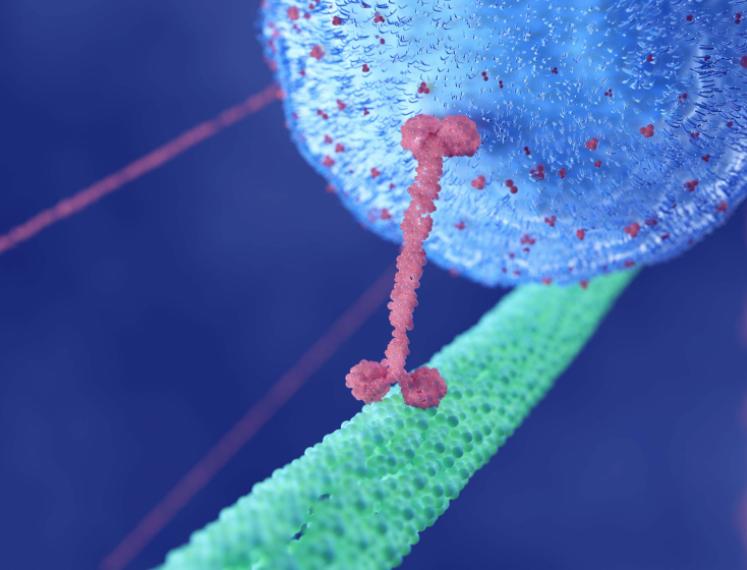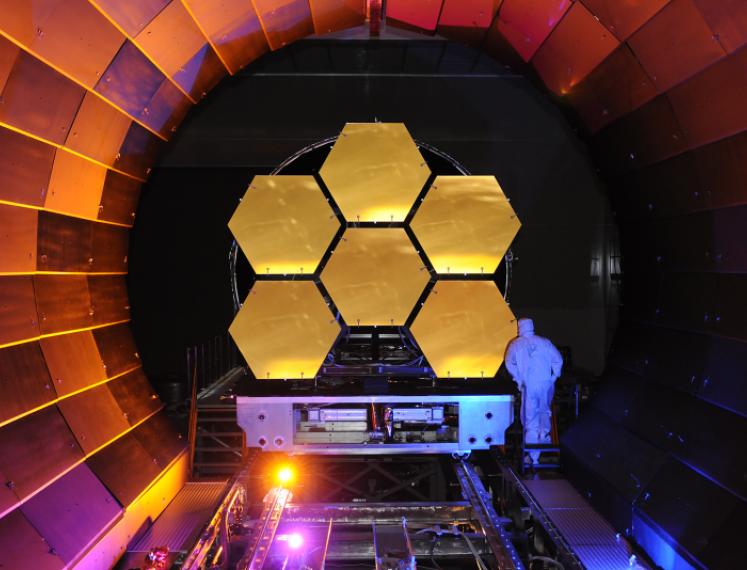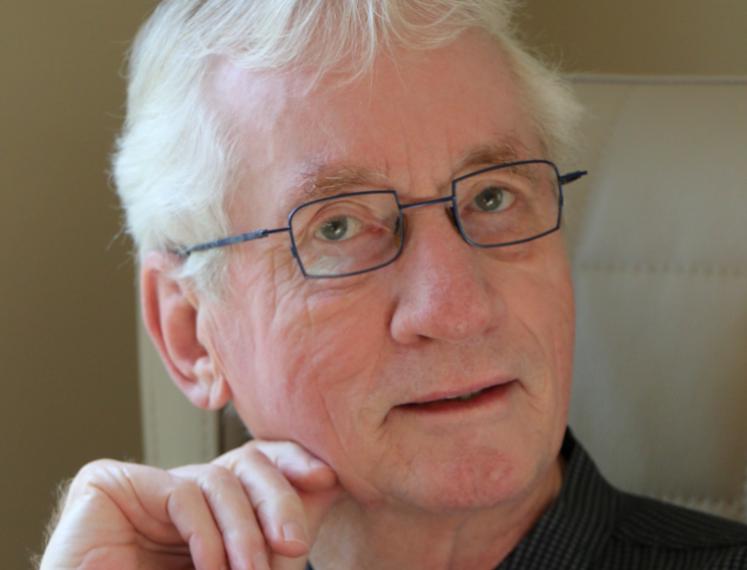Academy Building
Broerstraat 5
Groningen
Netherlands
Movement, Muscles and Molecular Motors
As humans, we are constantly moving. We walk, we run, we ride; all of us know what locomotion looks and feels like on the scale of our bodies. But how is motion truly orchestrated? How much energy is required to do it, where does this come from, and how does it get where it needs to be? How are macroscopic forces generated at the molecular level, and why does our physical intuition fail so spectacularly for motion at the smallest length scales?
In this year’s Hendrik de Waard Lecture, theoretical biophysicist Kees Storm explores the physical mechanisms and molecular foundations that enable living motion. With the aid of some simple calculations, order-of-magnitude estimates, and intuitive mathematical models we zoom in on ever smaller length scales revealing a fascinating world where simple but complex machines defy physical equilibrium and, literally, move us. Recent years have seen the fundamental understanding of biological motion inspire some mind-blowing technological advances, with the university of Groningen in a world-leading role; we conclude by considering some of the biological and non-biological applications where this new technology may change the world around us.
Kees Storm is Full Professor at TU/e (Department of Applied Physics and the Institute for Complex Molecular Systems) and leads the Theory of Polymers and Soft Matter group where he focuses on the mechanical properties of biological soft matter and mimics designs found in Nature to create new materials.
This lecture is organised by the Hendrik de Waard Foundation in cooperation with Studium Generale Groningen. The Hendrik de Waard Foundation was founded after the retirement of the late professor of physics Hendrik de Waard in 1987. Annually, the foundation organises a lecture to inform and intrigue the general public about recent developments in science.






